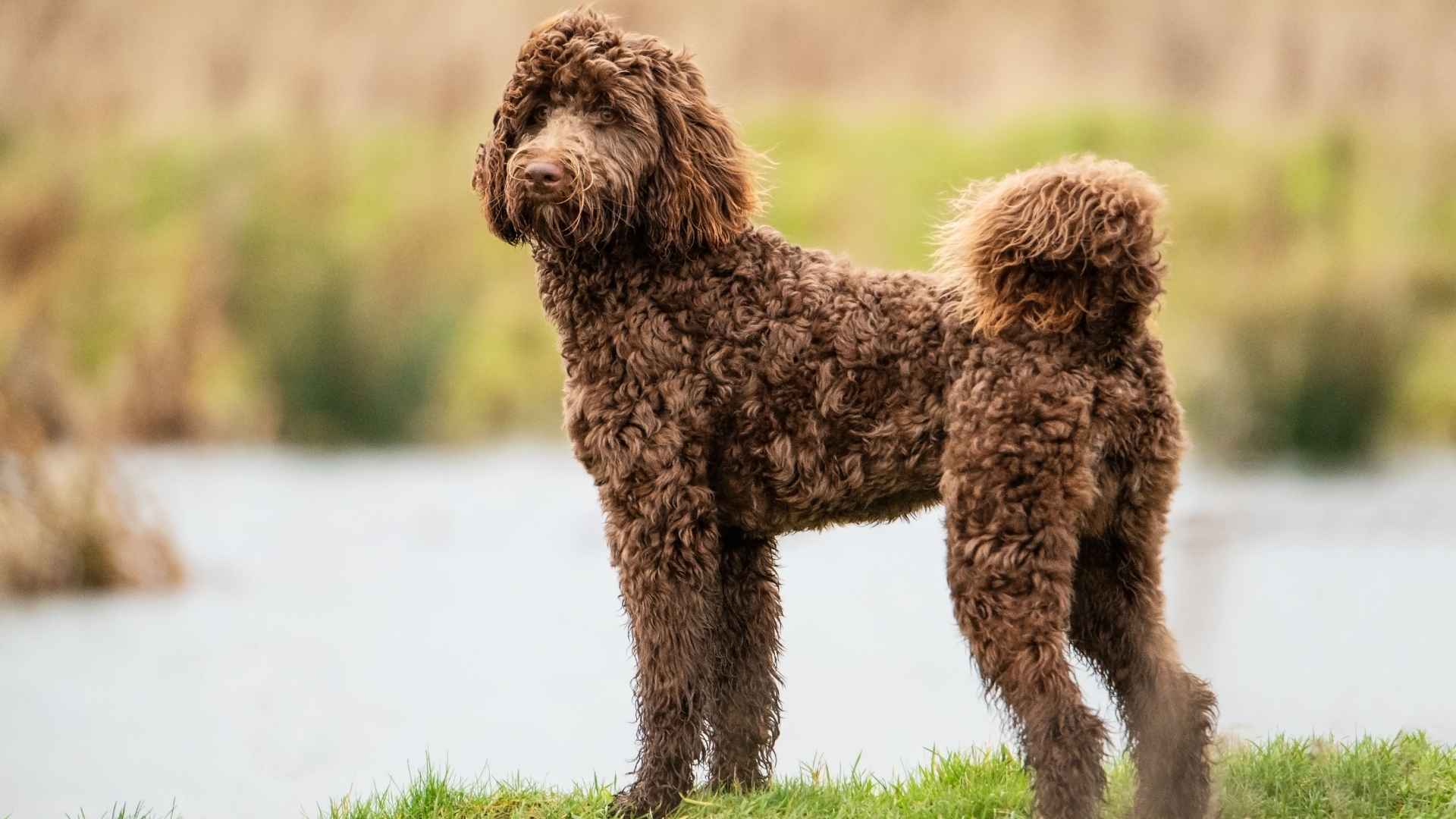There’s just something warm and comforting about a brown dog — maybe it’s the rich, earthy tones, maybe it’s the soulful eyes, or maybe it’s the promise of loyal companionship wrapped in a warm cocoa-colored coat.
Brown dog breeds are beloved for their classic good looks, friendly natures, and, more importantly, their ability to stay by your side for many joyful years. Whether it’s a deep chocolate hue, a golden bronze, or a soft tan, these pups wear their color with pride and bring charm to every pawstep.
But what makes them even more special? Many of these brown-coated beauties also boast a long lifespan, making them the ideal furry best friend for those looking for lasting companionship.
Whether you’re a family with growing kids, a solo adventurer, or a couple wanting a pup to complete your home, these breeds are here for the long haul — and they look stunning doing it. Let’s meet the dogs who prove that brown is more than just a color — it’s a lifetime of love.
Brown Dog Breeds with a Long lifespan
1. Dachshund

Average lifespan: 12–16 years
Ah, yes, the infamous “wiener dog.” Don’t let those short legs and sausage-like bodies fool you—Dachshunds are full of spunk, sass, and stubbornness.
Originally bred for hunting badgers, Dachshunds are brave, loyal, and sometimes a bit stubborn. They come in smooth, long-haired, and wire-haired coat types and are known for being great watchdogs and affectionate companions.
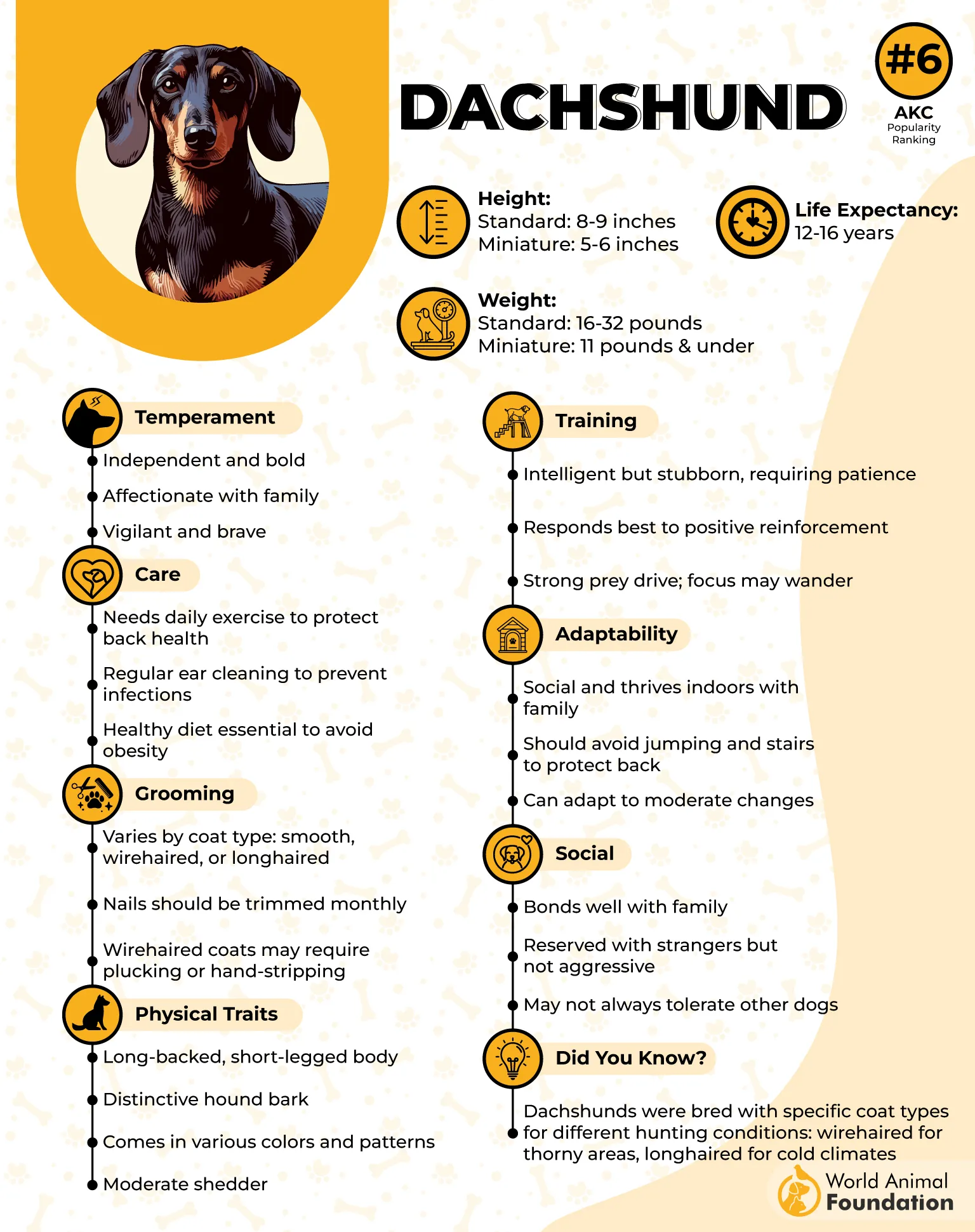
These little detectives are always nose-first, sniffing out snacks, secrets, and possibly your socks. Their long lifespan, along with potential health issues, means you’ll have over a decade of tail-chasing adventures, dramatic side-eyes, and hilarious attempts to jump onto furniture that’s too high.
Dachshunds are prone to a few health concerns, particularly due to their long backs and short legs, which can lead to intervertebral disc disease (IVDD). This spinal condition can be serious, especially if they frequently jump off furniture or become overweight.
However, with a healthy diet, controlled weight, and careful handling, many Dachshunds live long, happy lives.
2. Poodle
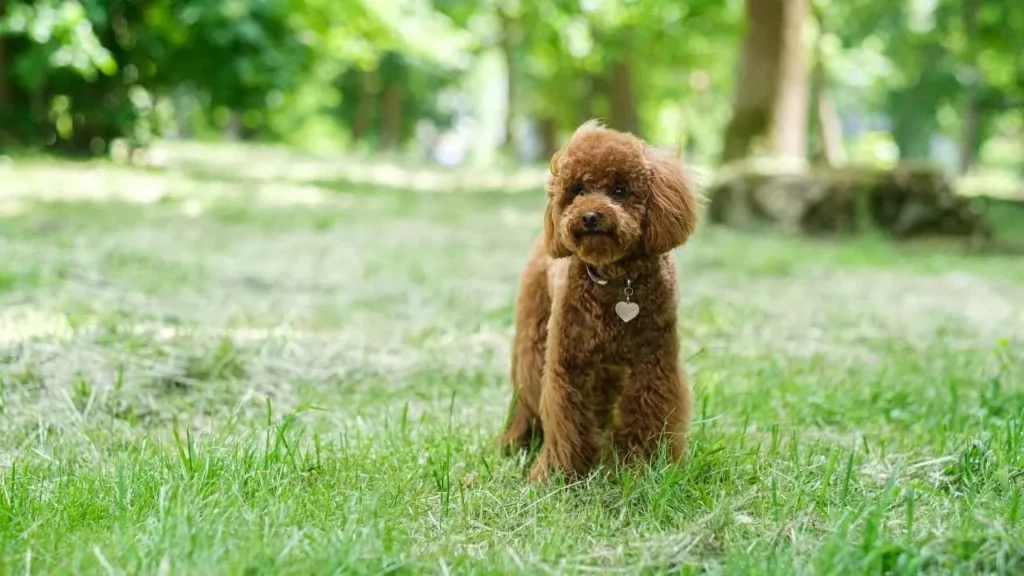
Average lifespan: 12–15 years
Whether it’s the standard, miniature, or toy Poodle, these small dogs are the Einstein of the dog world—super smart, stylish, and just a touch snobby (but in a lovable way). The brown (or chocolate) Poodle is a sight to behold, looking like a walking gourmet truffle with curls.
Don’t be surprised if your Poodle seems to outsmart you at times. This intelligent toy breed is are quick learner, an excellent trick-doer, and a professional cuddle provider. And bonus—they’re hypoallergenic, which is just a fancy way of saying “less sneezing, more smooching.
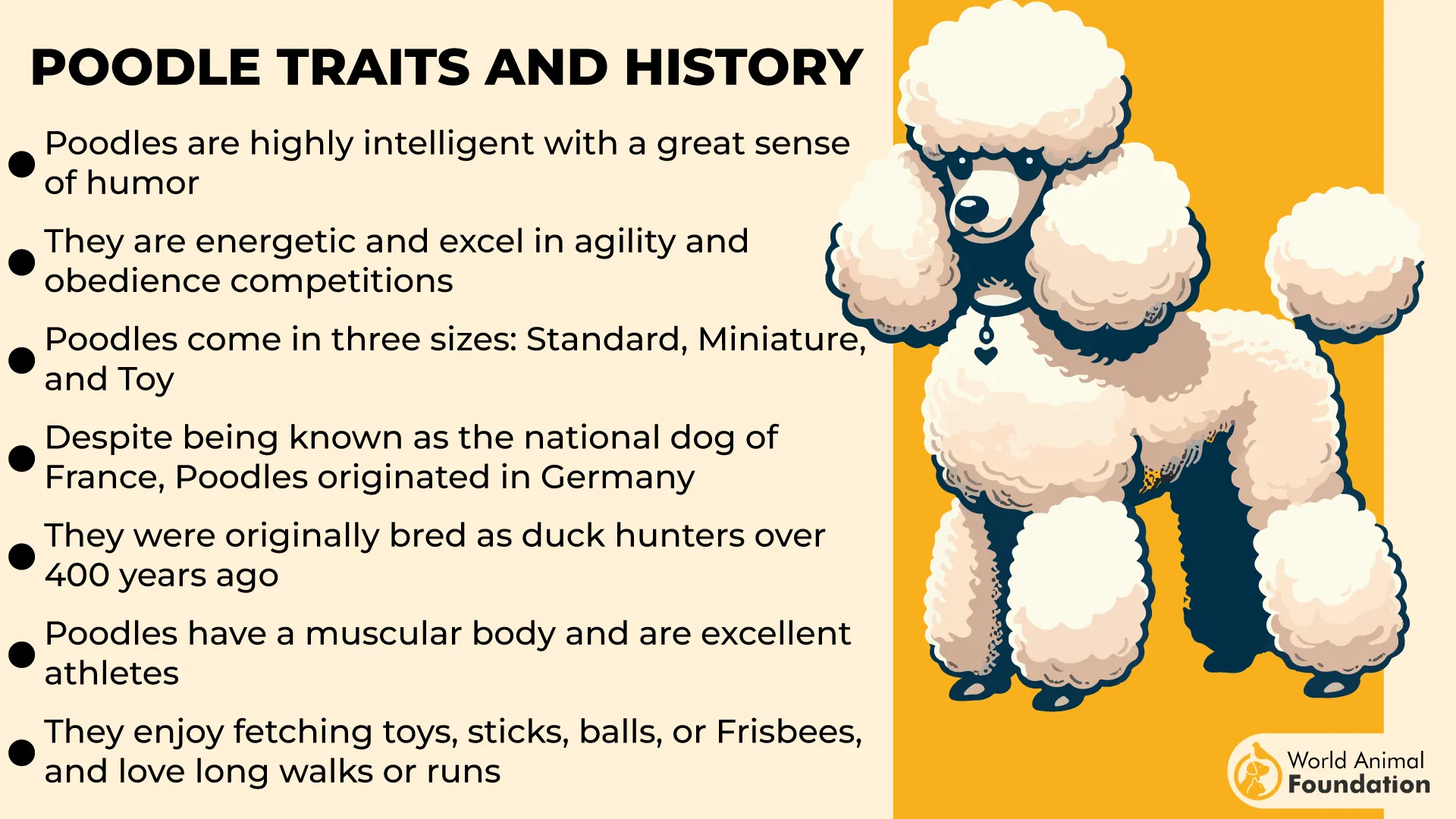
Purina states that common issues include hip dysplasia, progressive retinal atrophy (PRA), and sometimes epilepsy.
Despite these risks, these tiny dogs are generally a robust and long-lived breed. Regular grooming and consistent veterinary care help them stay active and healthy for many years.
3. Chihuahua
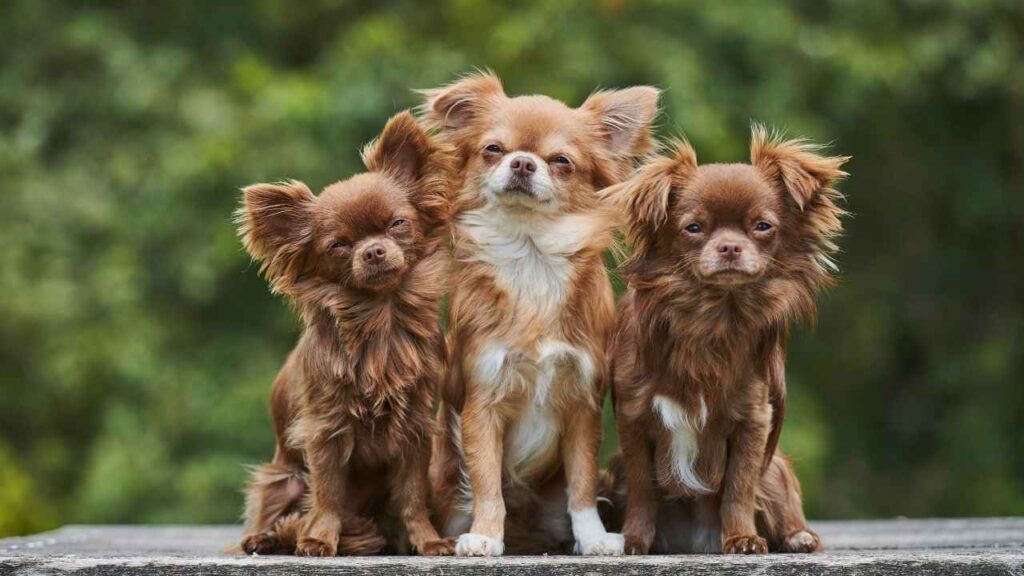
Average lifespan: 14–17 years
Small in size, gigantic in personality. The brown Chihuahua might fit in your purse, but their ego is bigger than a Great Dane’s. These little drama kings and queens will sass you for being late with their dinner, bark at invisible forces, and then curl up in your lap like nothing happened.
But don’t underestimate the loyalty of a Chihuahua. They’re ride-or-die kind of dogs—your furry little bodyguard with an attitude problem. Bonus: they live forever. Okay, not really, but 17 years of high-pitched sass? That’s commitment.
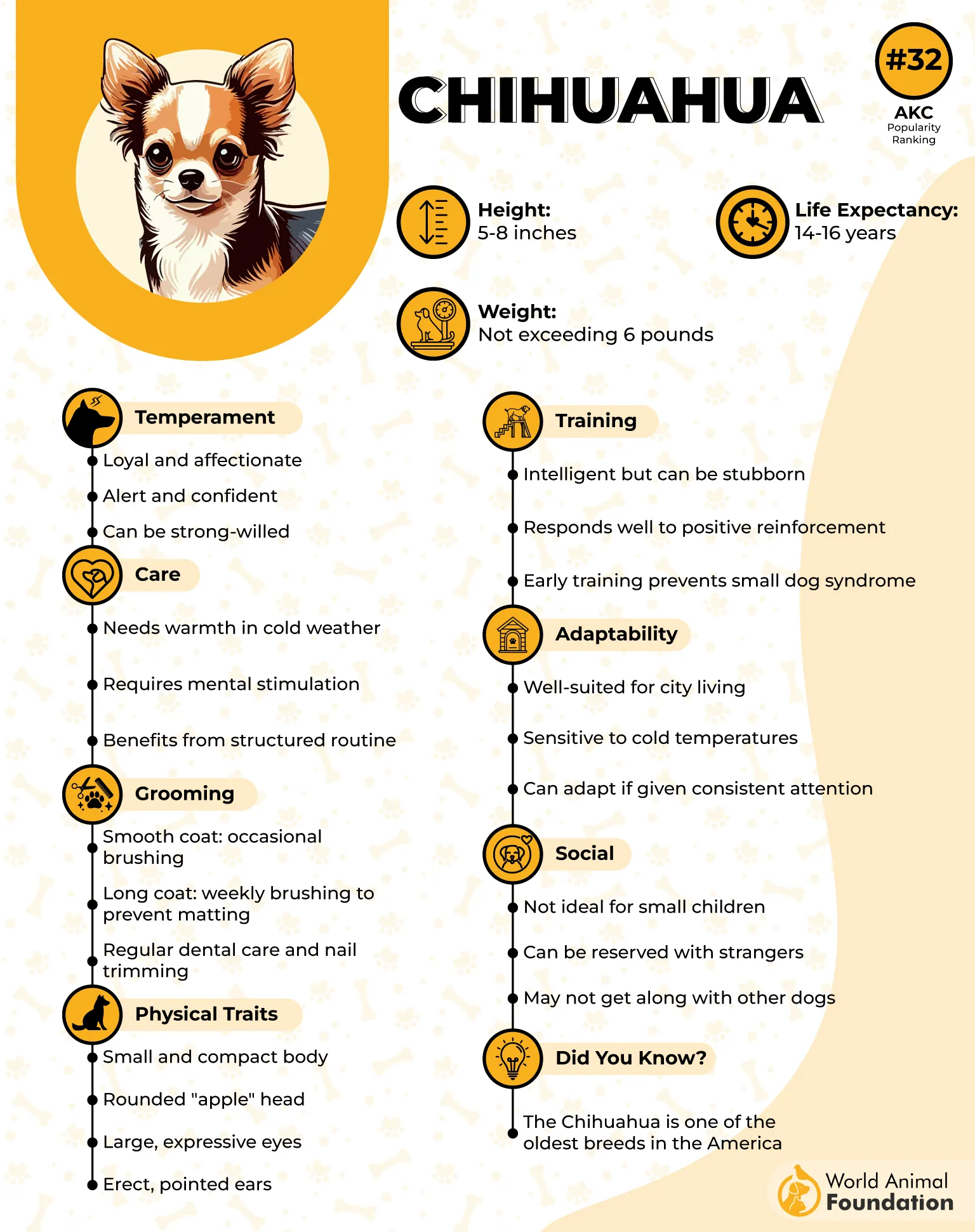
Chihuahuas are one of the smallest and longest-living healthy breeds, but they can still encounter some health problems. Common issues include dental disease, heart conditions like mitral valve disease, and patellar luxation, which involves the dislocation of the kneecap.
These conditions are manageable with early detection and proper care. Their small size makes them ideal for apartment living, and when cared for attentively, Chihuahuas often thrive well into their late teens.
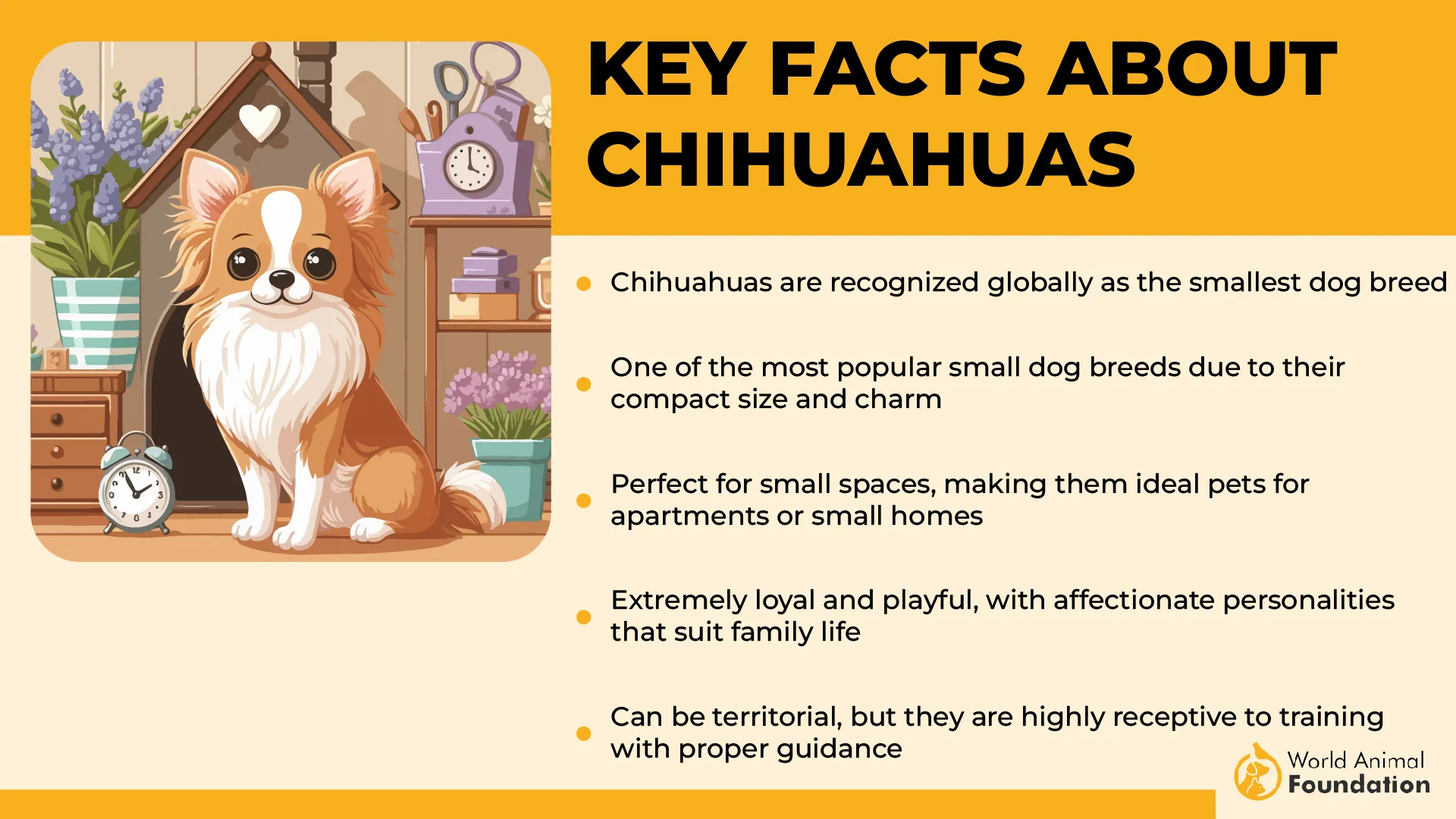
4. Pomeranian
Average Lifespan: 12–16 years
Tiny? Yes. Fluffy? Absolutely. Full of attitude? You better believe it. The Pomeranian is a cotton ball with a bark and the confidence of a lion. Don’t let that adorable teddy bear face fool you—these little brown floofs are packed with personality and opinions… lots of opinions.
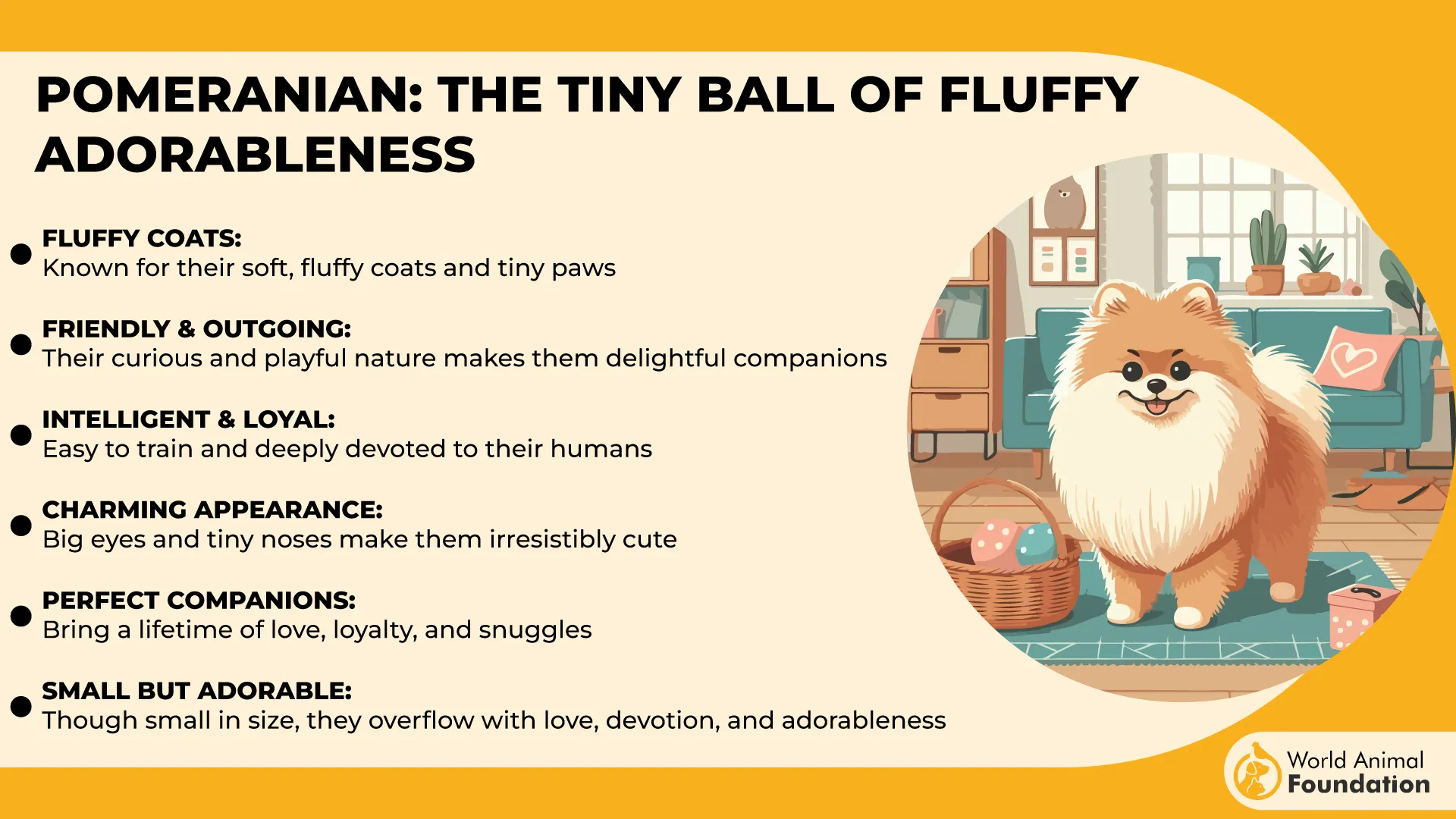
These pint-sized pups are alert, curious, and love being the center of attention. Despite their tiny size, they are confident and often act like much larger dogs. Pomeranians are also quite intelligent and make great companions for those who can keep up with their energy.
Poms are loyal, energetic, and born to be carried like royalty. Their long lifespan means you’ll have well over a decade of living with a dog who thinks they’re your boss. (Spoiler: they are.) But they’re also affectionate, playful, and fantastic little companions for Netflix marathons and dramatic entrances.

As per Petplan, socialization is especially crucial for the independent-minded Pomeranian. Enrolling them in puppy training classes can help them become comfortable around others while also teaching them essential commands.
Pomeranians are spirited and generally healthy dogs. A good grooming routine, a nutritious diet, and regular vet visits contribute to their longevity and keep them looking and feeling their best
5. American Cocker Spaniel

Average Lifespan: 12–15 years
The American Cocker Spaniel is a brown bundle of elegance, joy, and just the right amount of floppy-eared chaos. Originally bred as a hunting dog, this breed is now loved for its friendly and playful nature.
With soulful eyes and a coat that would make any shampoo commercial jealous, they’re one of the most lovable, huggable dogs out there.
They’re affectionate with children, devoted to their family, and love a cozy cuddle. Their coat needs routine grooming to stay in top shape, and they benefit from moderate daily activity.
They are moderately active, enjoying daily walks and playtime. Due to their friendly nature, they thrive on human interaction and don’t like being left alone for extended periods. As per PetMD, their temperament, compact size, and moderate energy levels make them well-suited for apartment living.
Plus, they live long enough to grow with your family, so your toddler and your Cocker Spaniel might just end up graduating school together. Just keep a towel nearby—those ears love a good puddle!
6. Shiba Inu
Life Expectancy: 12–16 years
Shiba Inus are foxes in disguise—with better Instagram game. Their beautiful brownish-red coat, curled tail, and “don’t mess with me” stare make them a standout. These Japanese dogs are clean, independent, and just a tad dramatic (they invented the “Shiba scream” for a reason).
Living with a Shiba is like living with a roommate who doesn’t need you, but secretly loves you. They won’t always show it, of course.
They have standards. But you’ll get 12+ years of loyal companionship, quirky behavior, and random zoomies that turn your hallway into a racetrack. Worth every bit of the chaos.
Some may be genetically predisposed to hip dysplasia, allergies, or eye issues like glaucoma. However, these conditions are not very common, and overall, Shibas are low-maintenance in terms of health.
With their clean habits and resilient constitution, they tend to live long, active lives when given proper exercise and veterinary care.
7. Border Terrier
Average Lifespan: 12–15 years
Let’s round things off with a little underdog (literally): the Border Terrier. These scruffy brown charmers have the energy of a double-shot espresso and the loyalty of your best friend from kindergarten. Built for adventure and naps in equal measure, they’re tiny action heroes with beards.
They’re low-maintenance, friendly with kids, and known for staying healthy well into their senior years. And yes, that wiry coat might look like they’ve been through a hedge backward—but that just adds to their rugged charm. Indiana Jones in dog form? Pretty much.
Border Terriers are one of the hardier small breeds, but they can be prone to hereditary issues like hip dysplasia and heart defects. Another condition seen in the breed is Canine Epileptoid Cramping Syndrome, a neurological condition that resembles seizures but is usually not life-threatening.
Despite these potential issues, Border Terriers are generally a healthy breed, robust, easy to care for, and capable of living long, healthy lives when provided with regular health checks and an active lifestyle.
Conclusion
When it comes to choosing the longest living dog breeds, it’s important to consider not only the color but also the breed’s overall health, temperament, and care needs. While many pet parents are drawn to popular long-living dogs, there are several other healthy dogs not typically listed among the longest-living breeds, but still make great companions. Breeds like the Maltese Dog, Australian Cattle Dog, Jack Russell Terrier, Cavalier King Charles Spaniel, Shih Tzu, Parson Russell Terrier, Chinese Crested Dogs, Yorkshire Terrier, Bichon Frise, Miniature Schnauzer, Australian Shepherd, and Lhasa Apso are known for their vitality and can thrive with proper care.
These small to medium-sized dogs tend to fit well into apartment life and are loved by pet owners for being affectionate lap dogs and energetic dogs alike. Pet parents should keep in mind that a dog’s lifespan isn’t just determined by breed—regular exercise, dental care, and maintaining a healthy weight are crucial. Health problems like dental disease, skin allergies, or common issues in larger breeds (like French Bulldog) can impact a dog’s quality of life and longevity. Even big dogs live longer if properly cared for, but typically, small dog breeds tend to outlive their larger counterparts. These great family pets can coexist well with other dogs and other pets, making them excellent choices for those looking for a brown companion with lasting love and loyalty.


